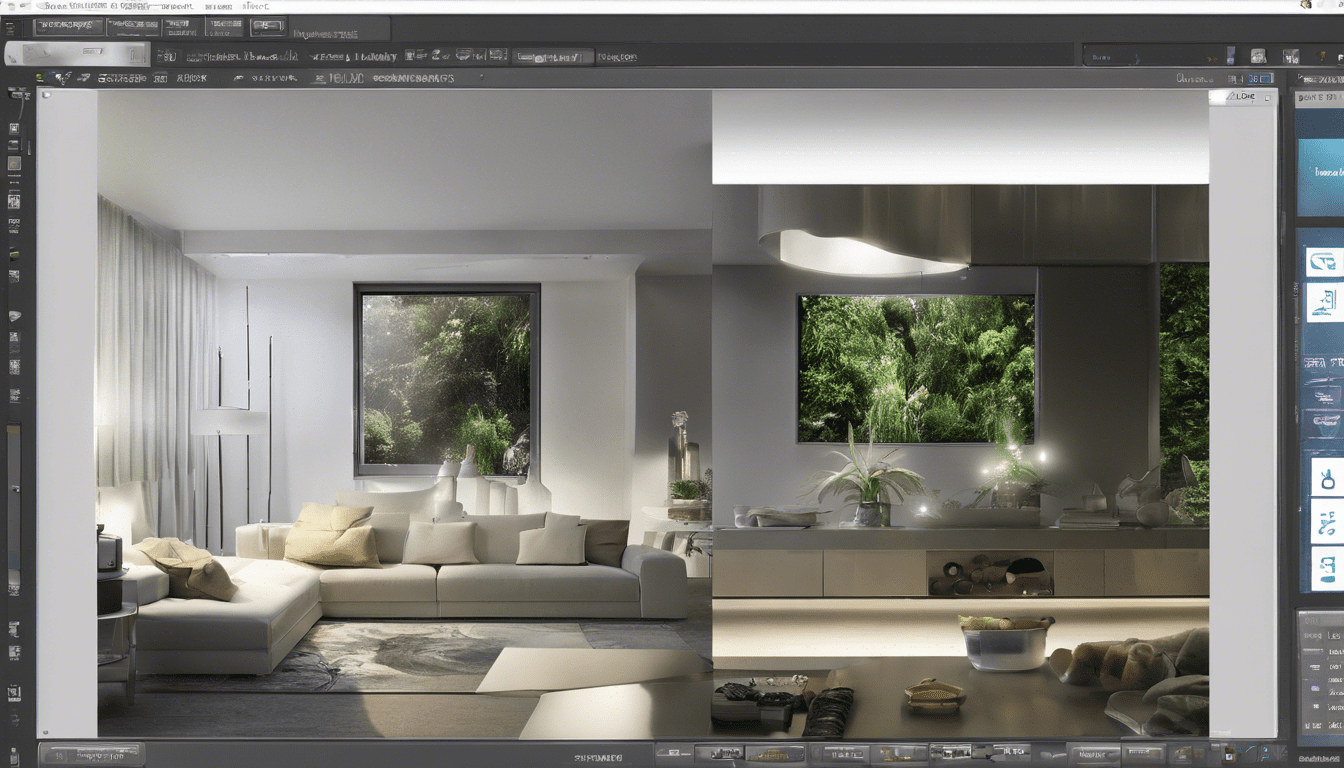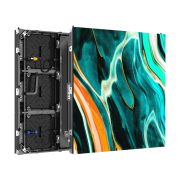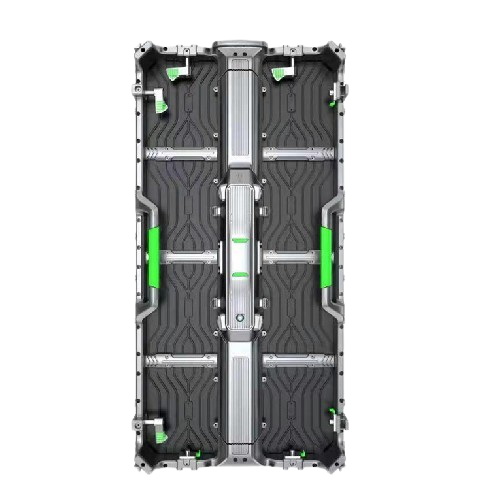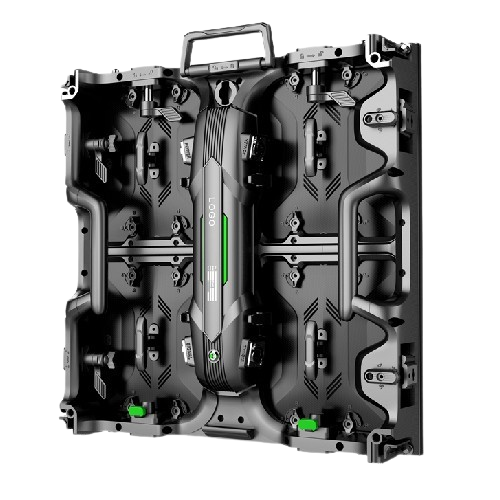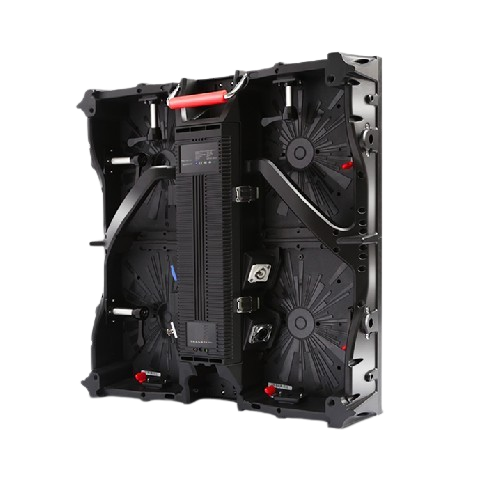Revolutionizing Visual Experience: The Complete Guide to Display LED Windows Manufacture
Introduction to Display LED Windows
Display LED windows are redefining the use of **glass facades and windows** in both commercial and residential architecture. These innovative installations integrate **LED technology** directly into glass panes, creating visually striking, high-resolution surfaces that can display dynamic content. Understanding the ins and outs of display LED window manufacture is crucial for architects, designers, and tech enthusiasts. This guide will offer a comprehensive insight into the process, benefits, applications, and the future of display LED windows.
What Are Display LED Windows?
Display LED windows combine transparent glass with embedded **LED lights**. These windows can showcase graphics, videos, advertisements, and interactive content while maintaining a degree of transparency. Key characteristics include:
- High transparency without sacrificing display quality
- Energy efficiency and environmental friendliness
- Customizable size and resolution to fit various applications
The Technology Behind Display LED Windows
The success of display LED windows is rooted in advanced **LED encapsulation** and **thin-film transistor (TFT)** technology. Here’s a simplified breakdown of the technology:
- LED Encapsulation: Tiny LED lights are encapsulated within flexible substrates that can be integrated into glass panes without affecting transparency.
- Thin-Film Transistor (TFT): This semiconductor technology drives the LEDs, allowing for dynamic and responsive content display.
- Transparent Conductive Layers: These layers conduct electricity to the LEDs while maintaining high transparency.
The Manufacturing Process
Manufacturing display LED windows requires precision and expertise. Here is a step-by-step overview:
1. Design and Engineering
The first step involves designing the LED layout and the **electrical circuit**. This requires an in-depth understanding of the project’s visual goals and technical constraints.
2. Substrate Preparation
The substrate, typically **glass**, undergoes thorough cleaning and coating with transparent conductive materials. This preparation ensures optimal LED performance and adhesion.
3. LED Placement
State-of-the-art techniques, such as **pick-and-place robots**, embed the LEDs onto the substrate. This step demands pinpoint accuracy to ensure uniformity and functionality.
4. Encapsulation and Sealing
The placement is followed by encapsulating the LEDs with **protective polymers**. This safeguards the LEDs from environmental factors and physical damage.
5. Integration and Testing
The final step is integrating the LED-embedded glass panes into **window frames** and executing rigorous testing protocols to ensure performance and durability.
Applications of Display LED Windows
Display LED windows are versatile and can be utilized across various industries:
1. Retail and Advertising
Retailers utilize LED windows for **eye-catching storefront displays**, creating immersive shopping experiences. Advertisements can dynamically change, providing real-time promotions and product showcases.
2. Corporate Offices
Corporates use LED windows for **interactive boardroom displays** and aesthetic enhancements, contributing to modern and engaging workspaces.
3. Public Installations
In public spaces, LED windows serve as **dynamic billboards**, information kiosks, and even art installations, transforming urban landscapes.
4. Residential Architecture
Homes are increasingly adopting LED windows for **smart home interfaces**, energy-efficient lighting, and entertainment purposes.
The Benefits of Display LED Windows
Here are some compelling advantages:
- Energy Efficiency: Compared to traditional lighting and displays, LED technology consumes less power.
- Enhanced Aesthetics: These windows add a modern, futuristic look to any building.
- Customization: High flexibility in design, size, and resolution fitting any architectural need.
- Interactivity: Supports touch sensors and motion detectors for interactive displays.
Challenges in Manufacturing Display LED Windows
Despite the benefits, several challenges persist:
- Cost: High manufacturing and installation costs can be prohibitive for some applications.
- Durability: Ensuring long-term durability against environmental factors remains crucial.
- Complex Integration: The integration of LED windows into existing structures requires meticulous planning.
Future Trends in Display LED Windows
The industry continues to evolve rapidly, driven by technological advancements:
- Increased Transparency: Future innovations aim for nearly invisible LEDs while maintaining display quality.
- Higher Resolutions: Advances in micro-LED technology will allow for ultra-high resolution displays.
- Smart Integration: Enhanced connectivity with smart home systems and IoT devices will boost functionality.
Case Studies on Display LED Windows
Retail Giant’s Interactive Storefront
A global retail brand revolutionized its storefront with **interactive LED windows**. Foot traffic and customer engagement increased by 35% compared to traditional displays.
Corporate Office’s Digital Facade
A tech company transformed its headquarters with a **digital facade** equipped with LED windows. Internal studies showed a 20% boost in employee satisfaction and productivity.
Conclusion
Display LED windows are more than just a technological marvel—they are shaping the future of architecture and advertising. For businesses, architects, and consumers alike, these windows offer unprecedented opportunities for creativity and functionality. As technology continues to advance, the potential for display LED windows is limitless. Stay ahead of the curve by embracing this innovative technology in your next project.

